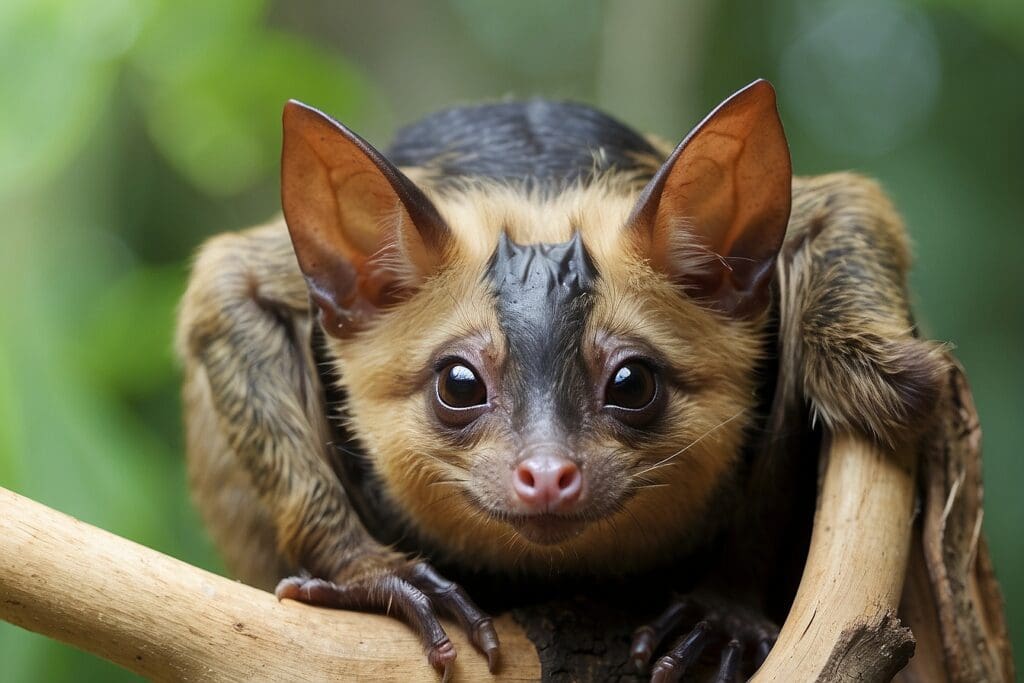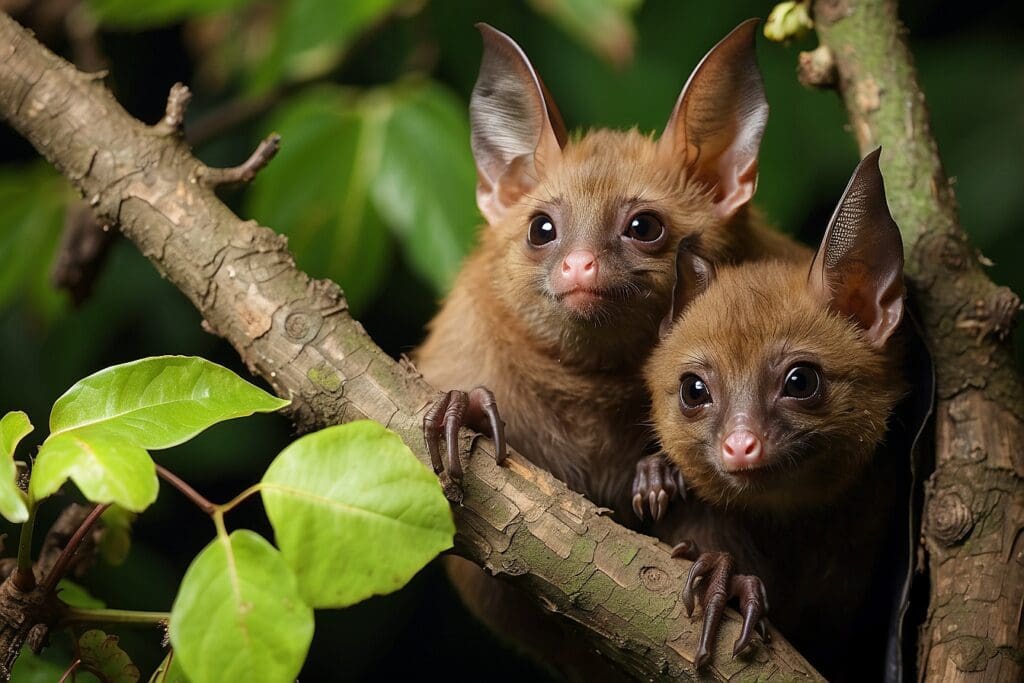The winter of 2008 saw a heavy decline of bat population in the Northeastern United States. Hibernating bats in caves across New York, Vermont, Connecticut, and Massachusetts were dying in numbers of up to tens of thousands. The species affected include little brown bats, Indiana bats, and northern long-eared, tri-colored, and small-footed bats. According to Bat Conservation International, “Dead or dying bats typically are emaciated (with little or none of the stored fat that bats must have to survive months of winter hibernation) and often dehydrated. This past winter, large numbers of these bats emerged from hibernation caves much earlier than normal, and dead bats were sometimes found scattered thickly on the ground near cave entrances.”1 Sadly, bats are continuing to die this winter. Affected bats are now being found in more caves and mines in the Northeast, now including Pennsylvania, and mortality rates are exceeding 90 percent. But what exactly is happening to all of these bats?
White-nose Syndrome
Unfortunately the cause for this mass devastation of bats is still unknown. One common feature in all of the affected bats found is a malady referred to as White-nose Syndrome. The malady received its name because many affected bats are found with a dusting of white fungus on their faces around their muzzles and also sometimes found on their wings and ears. It is still unclear as to whether this is the cause or just a symptom of the dying bats. Also, biologists are not certain if the bats are transmitting white-nose syndrome among themselves, if people are the vector, if both bats and people are spreading it, or if it is comes from some other source.2 Bats affected by the syndrome leave their hibernacula earlier than usual looking for food. Many have been found walking or flopping on the ground outside of their caves to escape the unexpected cold temperatures. Hibernating bats have a lowered immune response and the white fungus afflicting the bats may be able to thrive at the low temperature and prey on the hibernating bats when they are vulnerable. It has also been considered that the fungus simply may be an opportunistic infection that strikes bats weakened by some other cause.3 White-nose syndrome was typically found only in hibernating bats but was then reported in dying little brown bats found this past summer as well. The U.S. Fish and Wildlife Service states, “We do not know if these summer bat deaths are directly caused by white-nose syndrome or if the bats are weakened from fighting off white-nose syndrome in the winter hibernacula and have not been able to recuperate.”
What This Means For Us

Because bats are rarely seen by the human eye, many may not realize that they are an important part of our ecosystem. They are instrumental in maintaining insect control, as they consume enormous quantities of night-flying insects including many of the Nation’s leading crop pests. It has been noted by Bat Conservation International that, “A nursing mother bat can eat up to her own weight in insects in a single night, and some nursery colonies include millions of bats.” Therefore, a significant decrease in the bat population would certainly have negative ramifications for United States agriculture.
Additionally, bats feed on mosquitoes. Thus, a drop in the bat population could lead to an increase in the mosquito population, which could possibly result in more cases of West Nile Virus in humans. Bats are also known to eat caterpillars and beetles, which, if left with no predators, could cause trouble for fruit orchards. Because female bats produce only one pup a year, losing 90 percent of their population in some hibernacula could be devastating to the entire species.
The Future of the Bats
The bat conservation community is working hard to find answers to the possible cause of the disease and are raising funds to support more research. In June of 2008, nearly 100 scientists, researchers and wildlife managers gathered in Albany, New York to exchange information about White-nose Syndrome and discuss hypotheses, data needs and future actions. Many scientists have compared this phenomenon to the disappearance of Western honey bee colonies because both theories are poorly understood (for information see the Greeniacs Article, http://www.wordpress-837916-4114959.cloudwaysapps.com/GreeniacsArticles/Honey-Bees-Where-Have-They-All-Gone.html). Regardless of the cause, New York State Department of Environmental Conservation expert Alan Hicks has described the impact as “the gravest threat to bats … ever seen.”
For more information on how to get involved or to contribute to bat research, check out Bat Conservation International at http://www.batcon.org/.





